The Story
If these walls could talk
Welcome
Welcome to the heart of Tórshavn, welcome to Katrina Christiansen. If these walls could talk, we would learn the secrets of old Tórshavn. Sections of this house date back to the start of the 18th century, perhaps even earlier. Several of its occupants made it into the history books, though not its original owner. We cannot say for certain who built it.

Barbershop
We do know that from 1707 this was a barbershop run by Hans Albertsen Matras. Unsurprisingly, it was first known as Bartskerisstova, the Barber’s Place. Business appears to have been good. Three different barbers carried on the trade through the 18th century, and they all lived here with their families.
In 1784 most houses in Tórshavn were valued. Bartskerisstova was at the time estimated to be worth 170 guilder.
In 1817, however, the house changed name to Skálahús, Skála House. This was when it was taken over by young Niels Niklason Skaale, originally from the village Skála. He opened a general store here specialising in selling woollen socks and stockings.
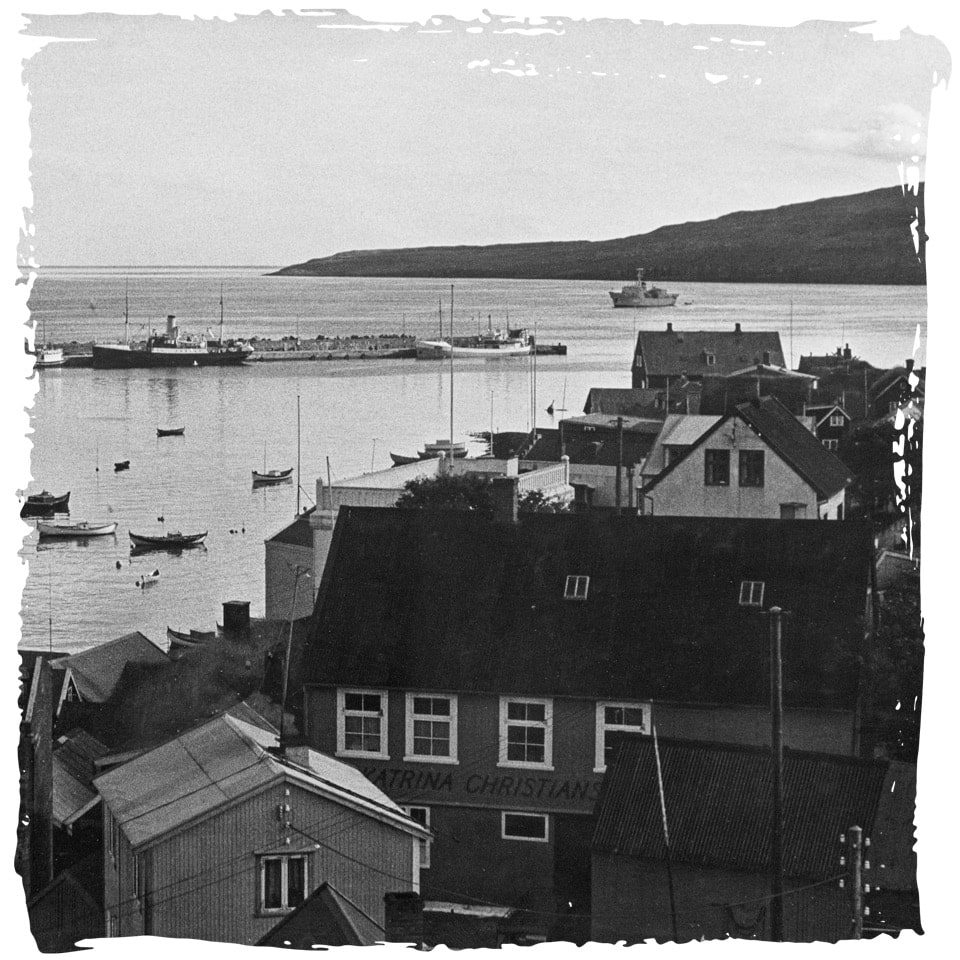
The building
The floors always carry the story of a building. Look around. On the ground floor you will see that the house was expanded. Go up the stairs and you will find that the floors bear marks of former walls.
And, though the walls may not talk, they can still tell us something. The wallboards on the ground floor are vertical, while on first floor they are horizontal. This indicates when they were put up. The ground floor dates from 1800 and the first floor is from approximately 1900.
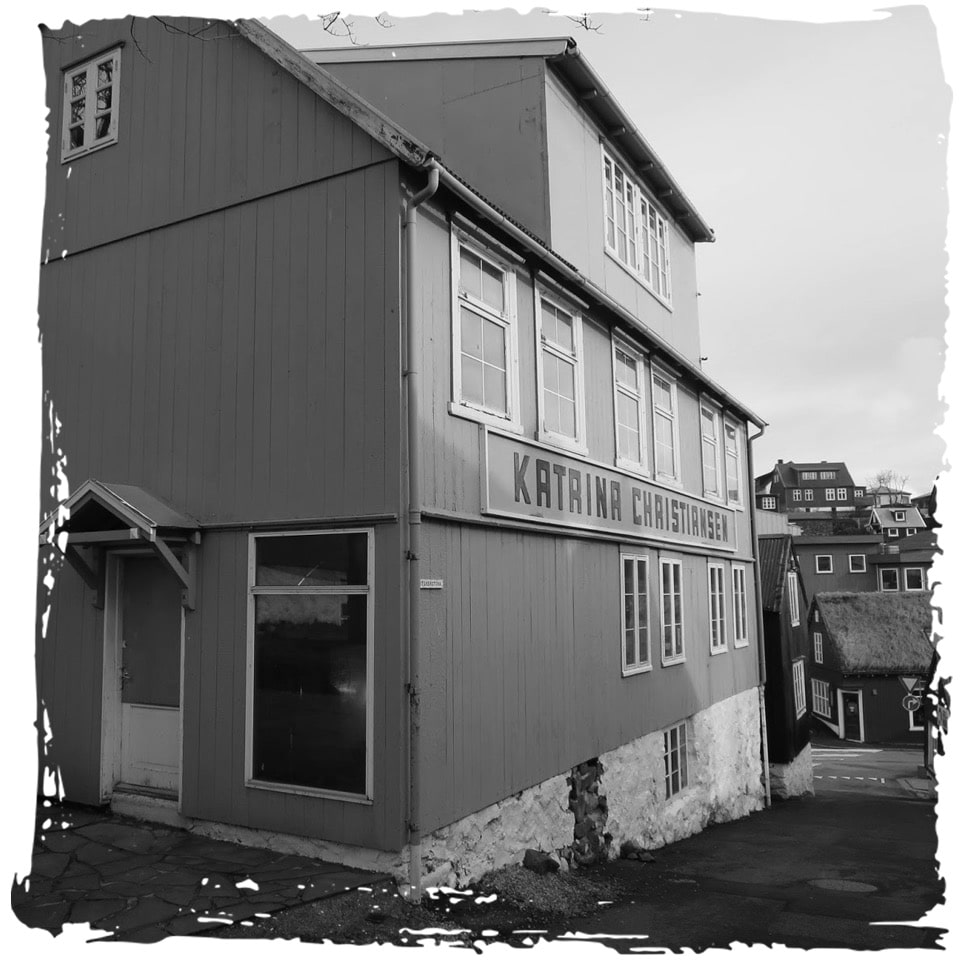
The shop
Shopkeeper Andreas William Restorff moved into this house with his family around the year 1870, and turned it into the largest general store in the Faroe Island. He had the building expanded, renovated and fitted with all the latest conveniences.
In 1901 Zacharias Heinesen took over the by then well established store and renamed it Hjá Heinesen, Heinesen’s. The couple Zacharias and Carolina Jakobina Heinesen filled their new home with music and creative pursuits alongside keeping shop. For this, literary history is thankful, they sowed the seed of William Heinesen’s literary genius.
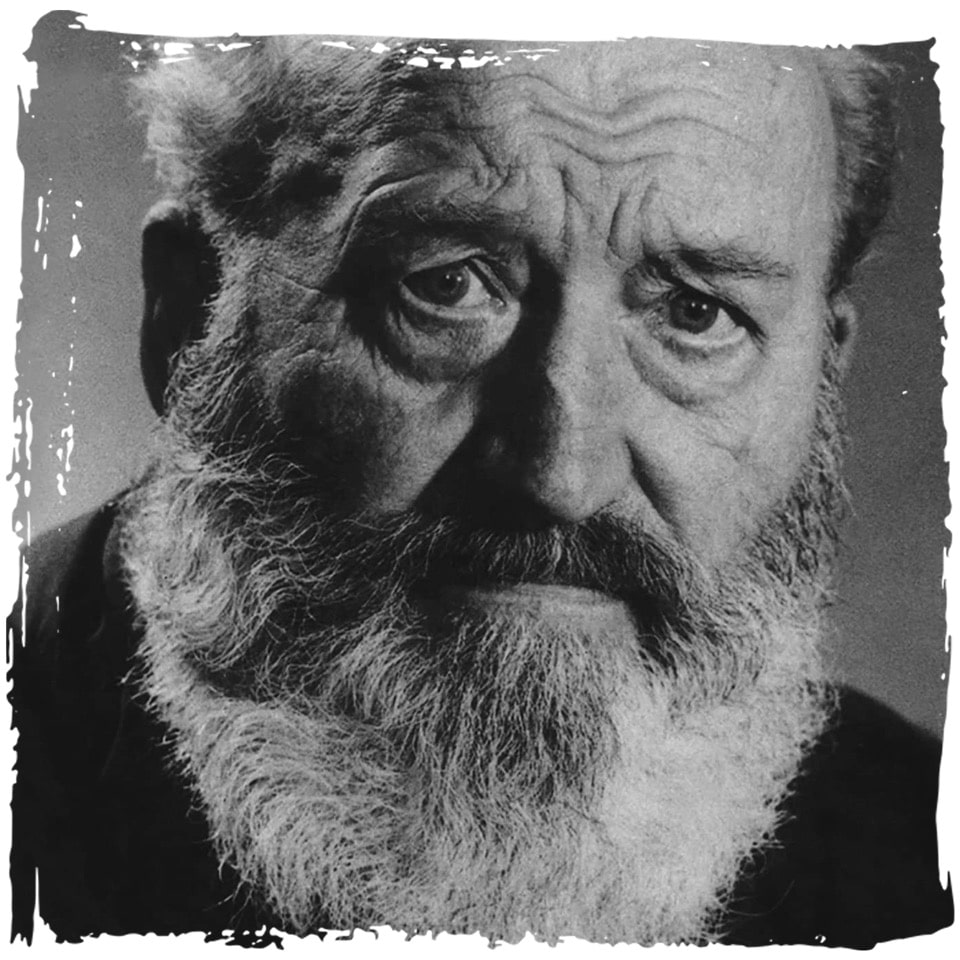
William Heinesen
William Heinesen was Zacharis and Carolina’s youngest son. He grew into the most widely recognised Faroese author. Of course, though he is best known for his novels, he was an artist of many talents: a poet, a painter and creator of many iconic vivid paper cuttings.
As you climb the narrow stairs to the second floor, the first thing you will see is an early work by William Heinesen. Keep going. There is more. There is a room on this floor named after one of William Heinesen’s masterpieces, The Tower at the Edge of the World. It is not hard to imagine why, just look out the door. It certainly looks like the lighthouse in Nólsoy is at the edge of the world.
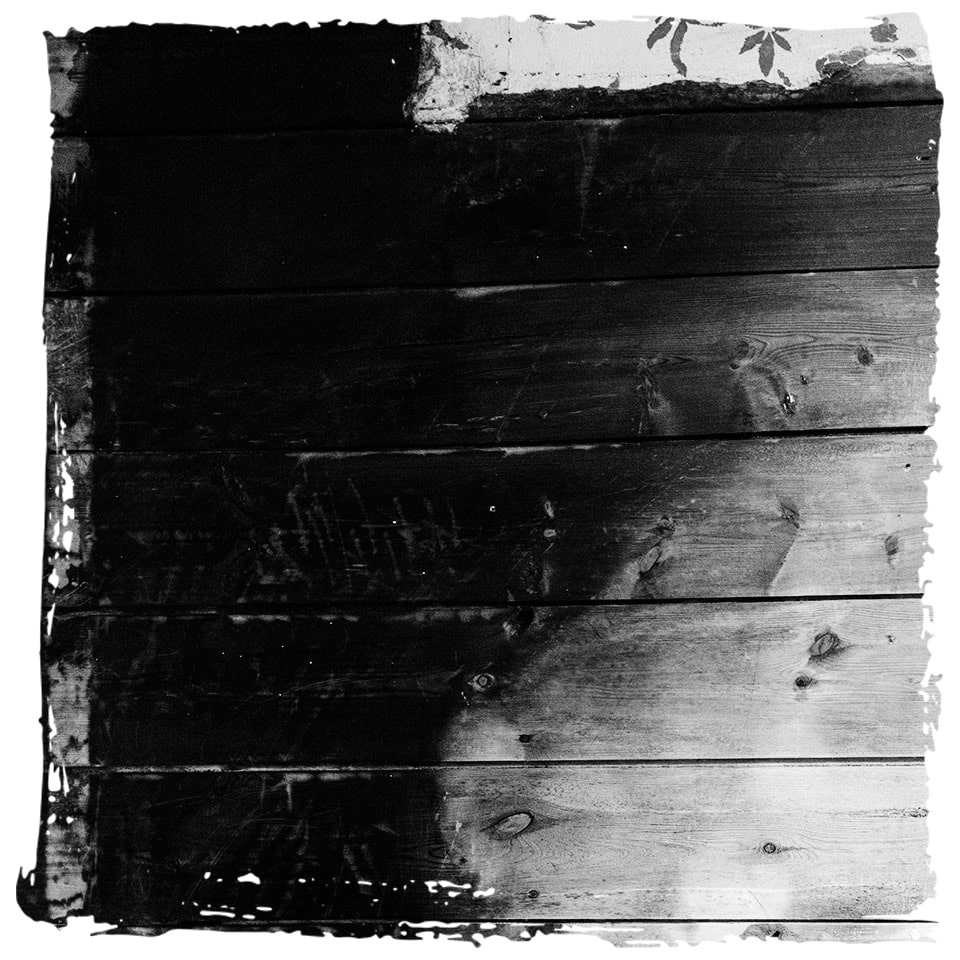
The toilet
Every room here has its own story, even the toilet. Notice how the floor looks a little charred. Well, William Heinesen was the first to set fire to the old wooden house. As a toddler, in 1905, he played with fire and accidently caused extensive damage.
On the first floor you can see partly burned wooden boards. Timber was scarce in the Faroe Islands, so parts of the salvageable material were used to rebuild.
The second fire blackened the toilet floor. It occurred around 1950 and was caused by a kerosene pump that was knocked over. Kerosene spilled onto the floor and a spark set it ablaze.
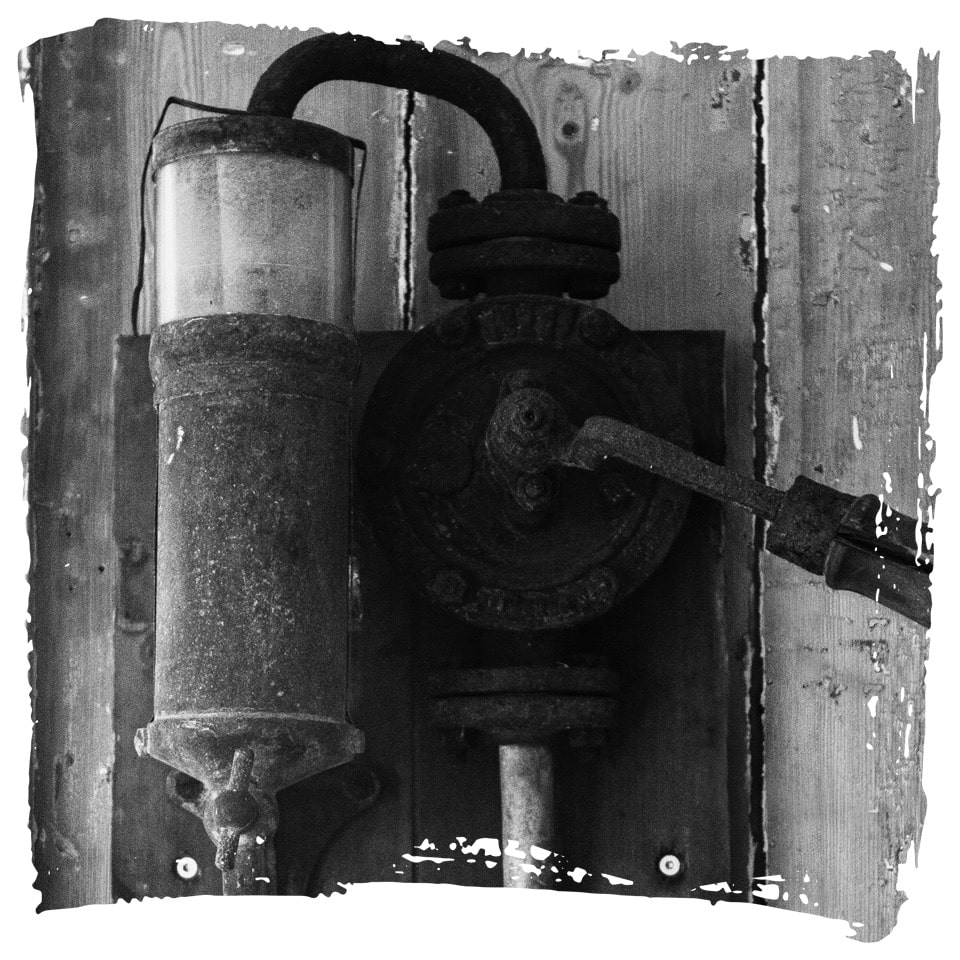
The pump
Hjá Heinesen was fitted with a kerosene pump, as people would come from near and far to get kerosene to light up their homes.
The store carried everything from kerosene to clothes, toys to food, along with the other household staples. It was the period’s equivalent of a shopping centre. The pump is still on display next to the main entrance. Another itemon display is a painting next to the window in Privaten. It depicts that same view centuries ago.
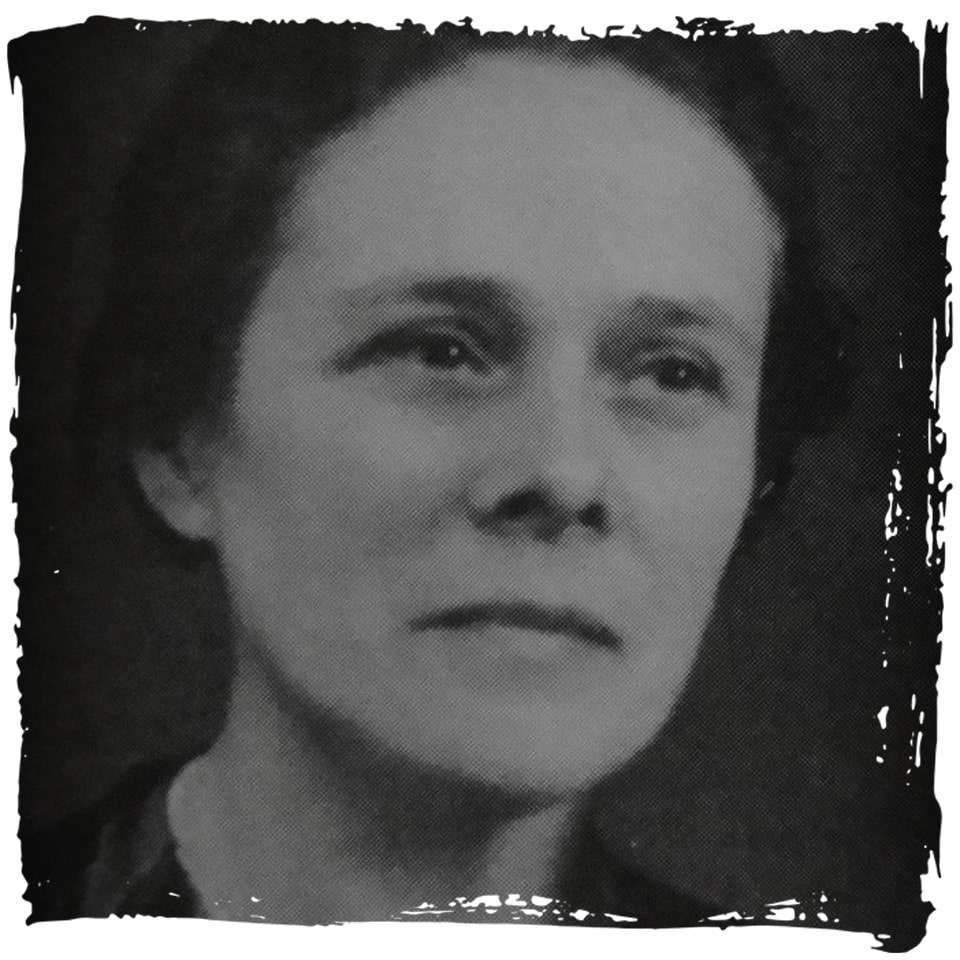
Katrina Christiansen
The restaurant here today is, of course, called Katrina Christiansen. That is not by chance. Katrina Christiansen initially worked for Zacharias Heinesen, but later took over the store. She was hardworking, tenacious and passionate about her store. A photo of Katrina Christansen and Zacharias Heinesen overlooks the counter.
While you are at the counter on the ground floor, take an extra look, it is made out of old banana boxes.
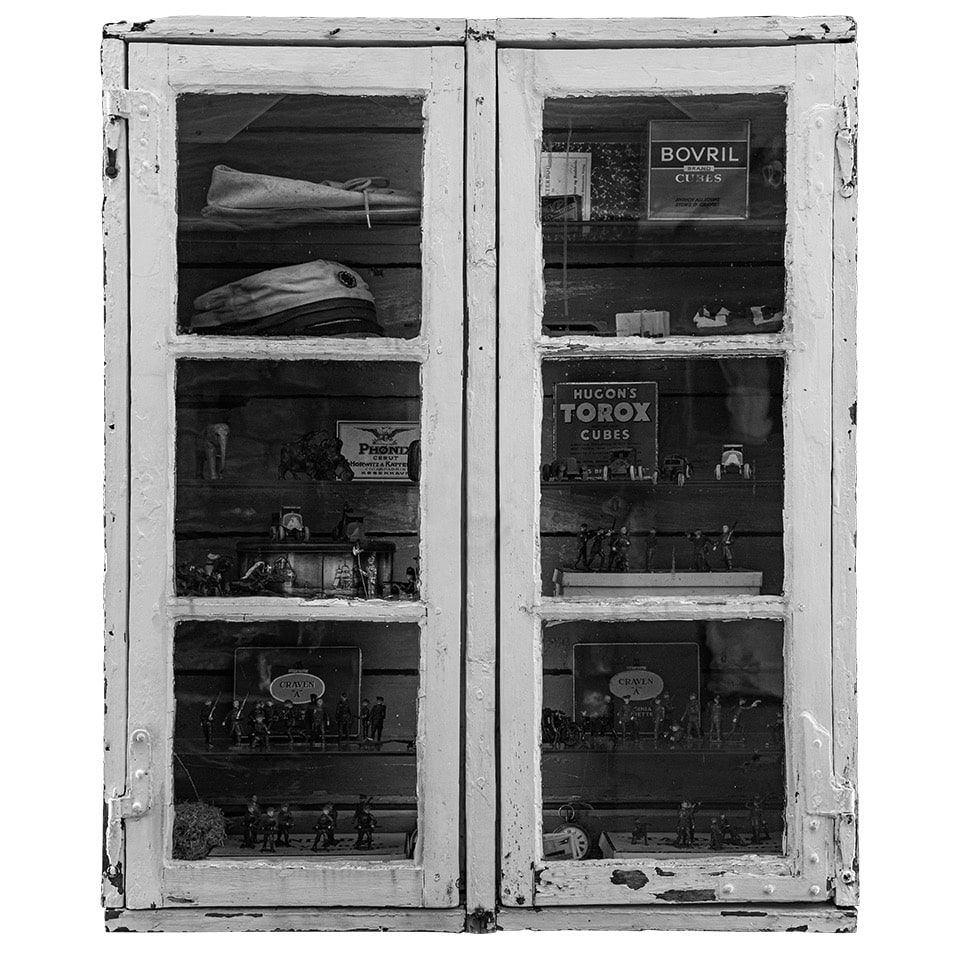
Last shopkeeper
Katrina’s son, Haldór Christansen, was the last of the shopkeepers here. He used to walk around with his costumers and with his quick head for numbers, he would tell them the sum of their basket in the blink of an eye. Changing shopping habits and new stores meant that the shop served its last costumer in 2005.
But the house holds the memory of its keepers. On the first floor you will find a display case with some of Haldór Christansen’s personal items, including his mark book and graduation cap.
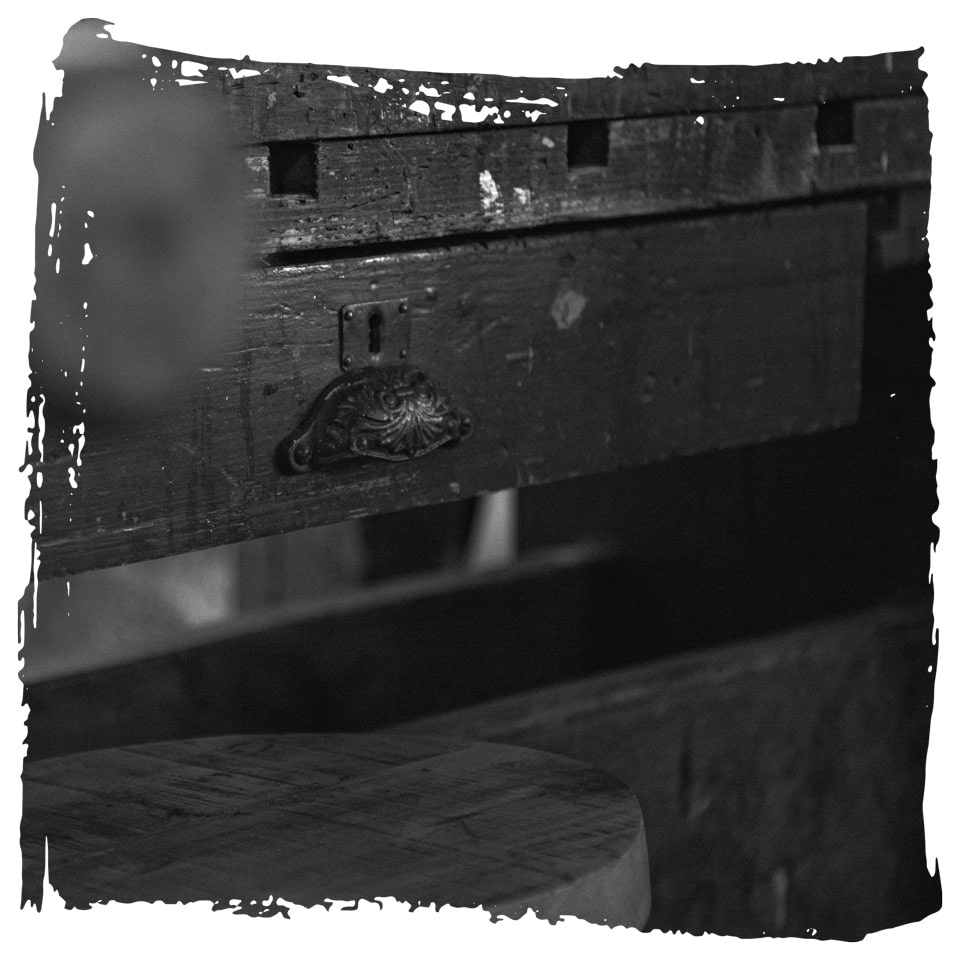
Verkstaðið
There are many nooks and crannies to explore here. The basement is home to Verkstaði, The Workshop. You will have to sneak behind the desk on the ground floor to find it. It houses an original lathe William Heinesen used to work at. Notice the size of this room. Compare it to the rest of the house. This is the foundation of the building, and also its oldest section.
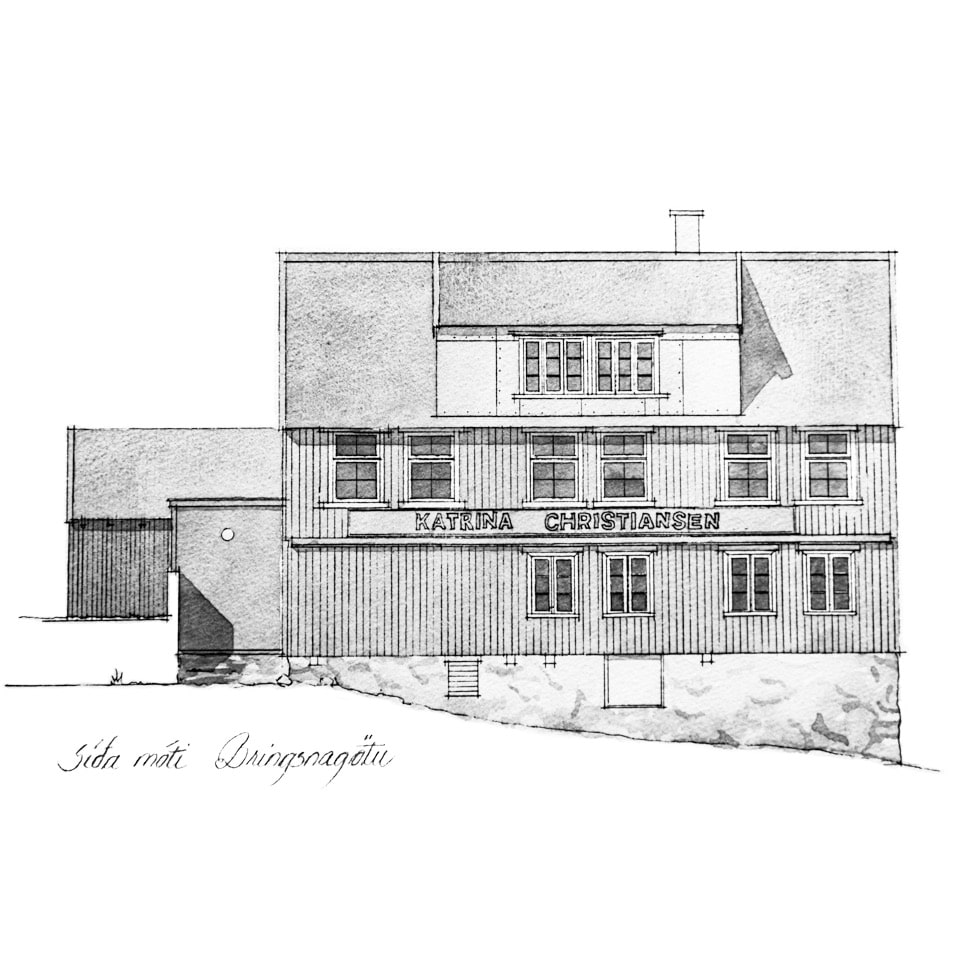
Explore
It is a privilege to be serving our guests in this atmospheric setting. With its rich detail, this is as much a museum as a restaurant. We have tried to preserve everything in as close to its original condition as possible. Please enjoy and explore this old house. The waiting staff would be delighted to answer any questions you may have.